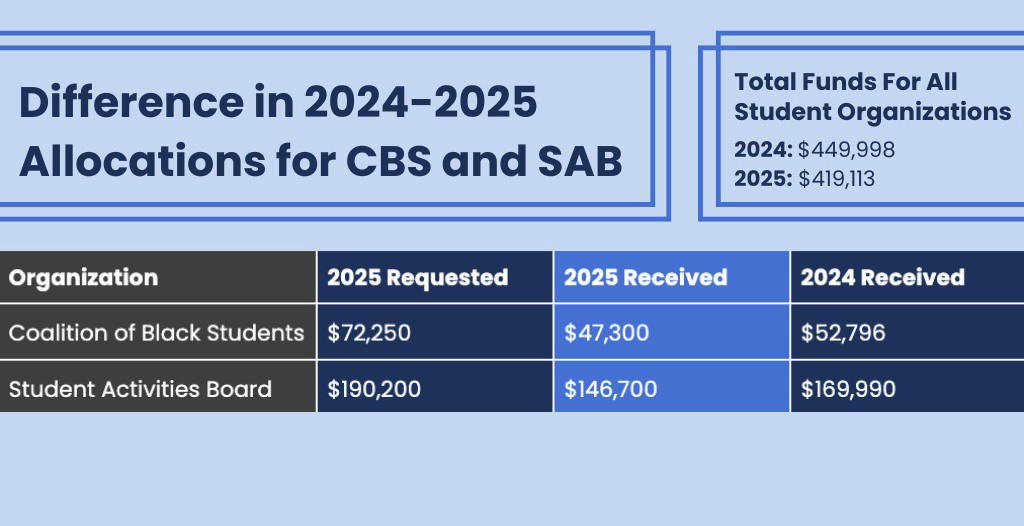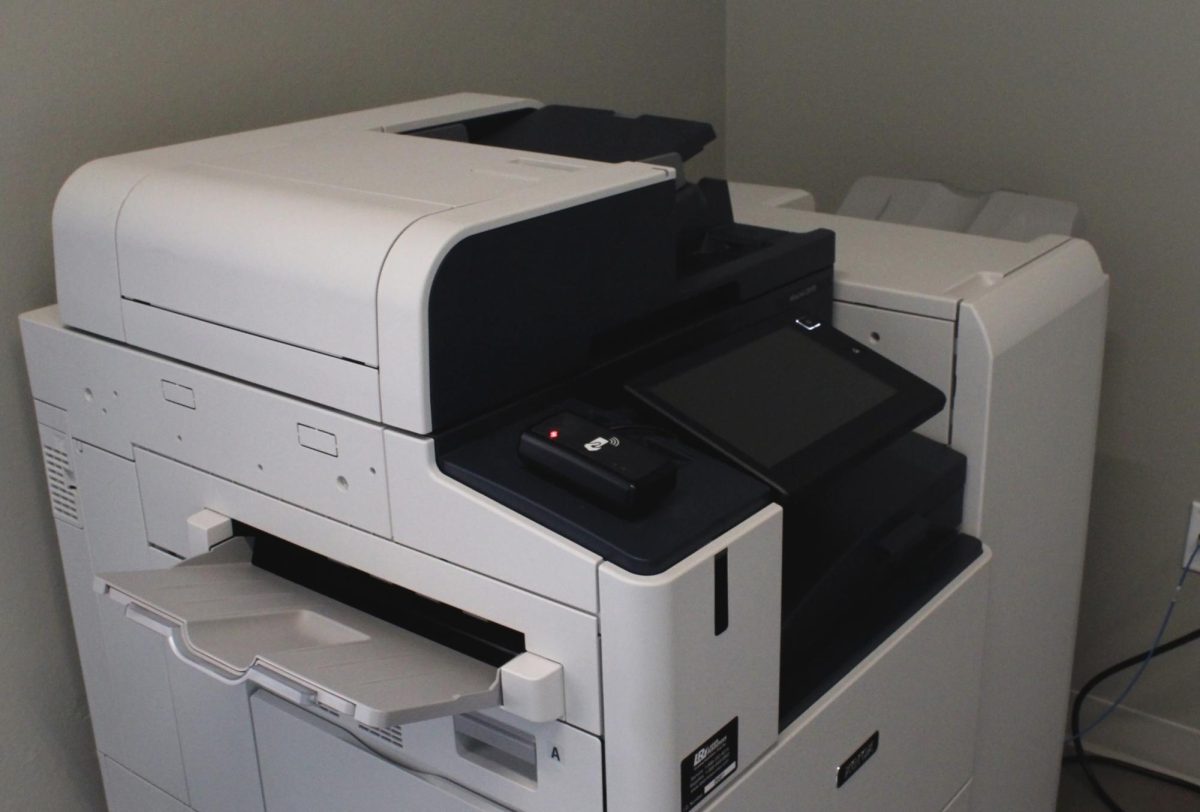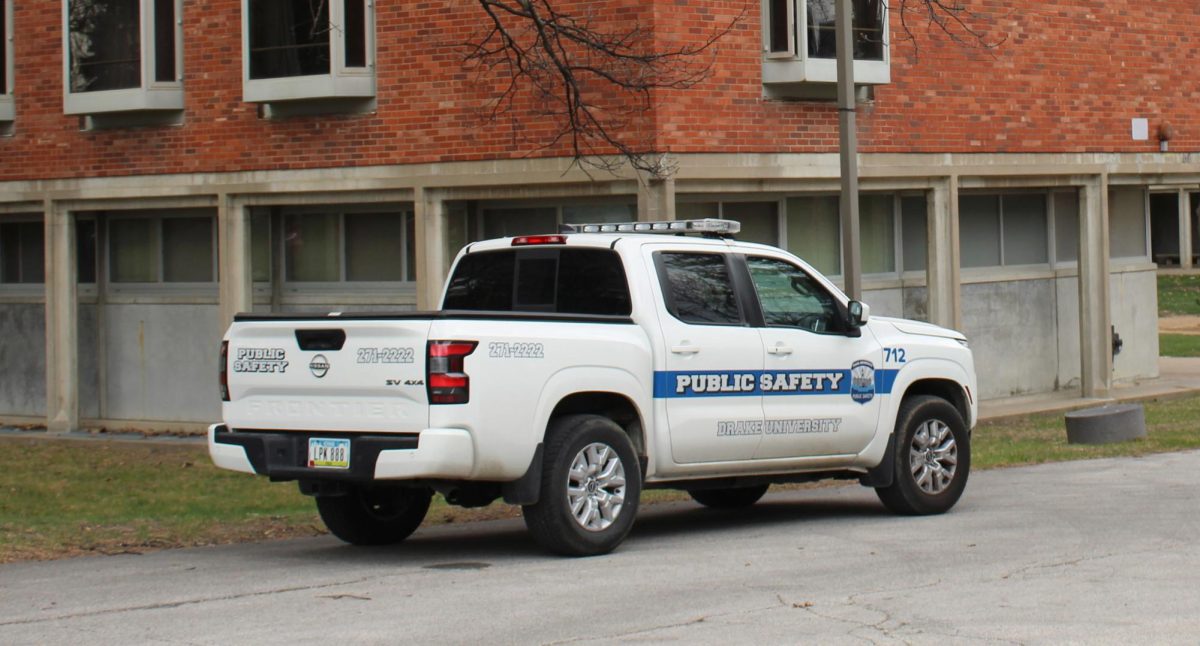BY KATHERINE BAUER
Thousands of students recently completed the first week of school at Drake University commonly known as “syllabus week.” While going over these often-lengthy packets of paper, students saw some new characters in the “grading policy” section: plus signs and minus signs.
Fall 2016 marks the beginning of a new grading system at Drake that allows professors to decide to use an alternate grading scale that implements pluses and minuses.
“Ultimately, the decision became official in March of 2013 when Faculty Senate approved the motion that gives faculty the option of using plus/minus grades… beginning with fall 2016 classes,” said Kevin Moenkhaus, the director of the Office of Student Records and Academic Information.
In 2012, feedback was gathered from faculty and students about implementing a plus/minus grading system through two different surveys according to Faculty Senate meeting minutes from 2012 and Spring 2013.
Faculty Feedback
During the April 2012 Faculty Senate meeting, Director of Library Instruction Bruce Gilbert presented an update on the faculty survey in which 70 percent of faculty participated. Faculty showed interest in continuing to explore the proposal. One Faculty Senator said the College of Pharmacy and Health Sciences would be analyzing how students’ GPAs would change with the plus/minus grading scale. Another Senator questioned if Drake students would be disadvantaged by the change when applying to graduate school.
Student Feedback
According to notes taken at the Open Forum on Plus-Minus Grading held in October 2012, students supporting and opposing plus/minus grading voiced their opinions. Many concerns were brought forward during the forum. They included:
students will be less willing to take a subject outside of their area of expertise because of the risk of doing worse in the class
professors using different grading methods would confuse students
plus/minus grading would make it more difficult to get into graduate school
students may lose their scholarships because the range of grades that keep them above a certain GPA would decline.
Thoughts from one concerned student were summarized in the forum notes.
“(The) Drake Mission Statement is key to why I came here. I don’t want to have to shift my experiences outside of the classroom in lieu of experiences inside the classroom. This initiative would move Drake away from Drake’s mission.”
A few students liked the idea but still had concerns. The argument for plus/minus grading had to do with getting a grade to truly reflect students’ work.
For example, students who received a high B received the same grade as students who got low B grades. Plus/minus grading would better resemble a student’s performance in a class.
One supporter’s words were also summarized in the forum notes.
“When I work harder, I feel like I deserve a higher reward.”
The student survey on the subject was distributed shortly after this open forum. During a November 2012 Faculty Senate meeting, Bruce Gilbert reported on the results of the student survey. Summarized results indicated that students were opposed to the plus/minus grading system.
The Vote
During the March 2013 Faculty Senate meeting, the plus/minus grading motion was up for a vote. Stephen Slade, academic affairs liaison from Student Senate, asked the Senate to recall that 80 percent of students surveyed that fall were against or strongly against the motion. However, Slade noted later in the meeting that this percentage might be lower since “there is some apathy concerning the issue now.”
The motion passed during the meeting in a 12-6 vote.
Today
Over three years after the Faculty Senate vote, the result has been implemented.
Advocates for the system believe it better reflects students’ work and rewards them more accurately for the efforts.
“I have always graded with pluses and minuses during the course of the semester,” the department chair of political science said. “We’ve never been allowed to submit plus or minus grades as final grades.”
Goldford reasons that a student doing B- work should not receive the same grade as a student doing B+ work.
Current students have mixed responses. Many can sympathize with the point Goldford makes. Others, however, feel it adds to an existing problem.
“I think studying and homework in general takes away your time to join clubs and activities,” junior public relations major Victoria Tramp said. “I think that already affects our grades, doing clubs and stuff. I don’t know if I’ll particularly change. I think my grades will just suffer more. I don’t want them to. I’m still going to try in my classes.”
Other students questioned the motive behind implementing the option now when students who were surveyed on the matter have mostly graduated.
“If the student feedback wasn’t positive, then they were waiting for those students to graduate,” senior elementary education major Emma Clement said. “Most high schools do plus/minus grading, so the incoming students aren’t going to know any different. I could see that reasoning behind it.”
Professors are not required to use plus/minus grading. However, some departments have decided to make courses taught by multiple professors to use plus/minus grading for consistency.






